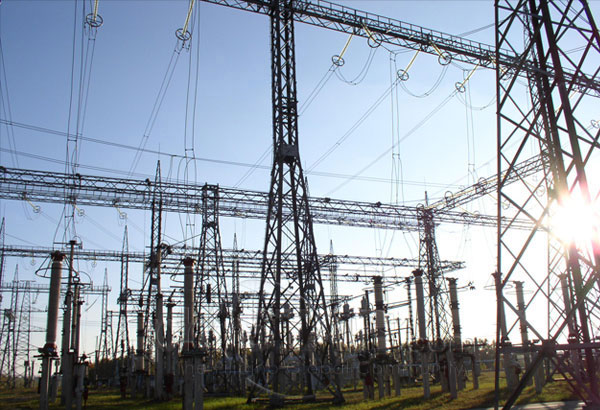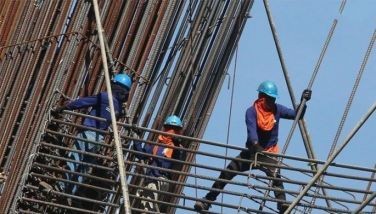Peso depreciation: Causes and implications

Last week, the peso breached 50 pesos per one US dollar. Until August, it was 46 pesos to the dollar on average.
This means the peso has depreciated by as much as 8.7 percent since August. One thing is sure, the peso rate will fluctuate some more.
What the peso depreciation means. The peso depreciation affects many prices and income situations. Let’s take a few.
Higher cost of foreign goods and services to us. The cost of foreign goods and services increases. For instance, if one is traveling to other countries, the cost of travel (in local peso terms) becomes more expensive: airline tickets , accommodations, meals, all purchases abroad.
Hence, a peso depreciation has the effect of discouraging the purchase of imports. Essential imports would still be bought, however, but now at higher peso costs. For instance, crude oil that we need — even if the dollar price remained the same — requires more pesos to bring it into the country for use.
Lower cost of Philippine goods and resources to foreigners. To foreigners, the cost of anything that we sell to them — be it a good produced here or any resource we sell like labor, land rent, or capital service — will be cheaper. Yet, the Filipino seller of the good receives more pesos per dollar of sale.
Hence, peso depreciation lowers the cost of our exports and attracts foreign businesses to want to buy our goods, but our exporter increases their peso revenues from their sales.
OFW remittances. Remittances to his family by a Filipino worker abroad converts to more pesos for every dollar value sent home. In short, the family receives more pesos per dollar sent. In general, this improves the peso income position of the recipient.
Price inflation at home is a likely result. Domestic inflation is a likely outcome of exchange rate depreciation, however. This results from the likelihood that local prices of goods — both home produced and foreign-bought would rise in prices. However, the price impact of the peso depreciation could be neutralized or reduced by a combination of policies — tax, spending, and other sector economic policies.
Causes of recent peso depreciation. In last week’s column, I explained why the peso had depreciated rather sharply: the US central bank’s anticipated interest rate hike; Trump’s election which brings uncertainty because he had advocated changes in American policy on trade that would affect world trade and investments; and President Duterte’s unfortunate rhetoric that impacts on foreign investor sentiments towards our country.
All these have contributed to the sharp drop and volatility of the Philippine stock market index as well as the observed peso currency depreciation.
Investors and businessmen make their decisions mainly to reduce the risks they face or to assure their profits. They react to the perceived factors they encounter in their operations. A recent example — a telling one — should remind us of the sensitivity of investment decisions to perceptions of local conditions.
The Semiconductors and Electronics Industry in the Philippines (SEIPI) reported that orders amounting to $50 million were lost to one company when President Duterte made angry statements directed at President Obama in connection with US criticisms of the government’s war on illegal drugs.
Exchange rate depreciation as the main basis of trade and development policy. It should be noted that well-planned exchange rate depreciations could be useful. It has proven to be a major element in the case of the typically successful “East Asian model of economic development.”
Over time and at different episodes in their respective histories, South Korea, Taiwan, Thailand, Indonesia, and Vietnam have used the depreciation of their respective currencies as the basis of their export growth strategy.
Hong Kong and Singapore in their early years of growth have relied simply on removing many barriers to trade (through their free trade policies) and have maintained an exchange rate that approximated the market value of their currencies.
The two most successful Asian economies — Japan (during the early post-World War II period when it was badly in need of reconstruction and recovery) and China (during its recent decades of massive expansion) had relied on a weak currency to foster their trade and industrial growth.
It was only during the 1970s that the Japanese yen had appreciated dramatically to the level it is now, in the whereabouts of slightly above 100 yen to the dollar. Early during the postwar period, the rate was maintained at 360 yen to the dollar.
In the case of China, the currency had remained fixed at a favorable rate to the US dollar for years until the last decade. Even as late as the 2016 US election, candidate Donald Trump had called China a currency manipulator to favor its trade policy.
Philippine case. There have been episodes in our own economic development experience when, after serious balance of payments and macroeconomic crises, the currency had weakened to the point of rendering Philippine goods and resources very competitive as a result of exchange rate depreciation.
But in the same breath when export and industrial growth were about to expand and get further encouraged, policy reversals restored old relative prices, thereby negating the gains from depreciation. Such reversals happened through the maintenance of import restrictions, tariff regulations or raising resource costs, such as restoring high minimum wages. At other times, it was through unintended exchange rate appreciation.
It did not help also that there have been economic restrictions imbedded in the Philippine Constitution against foreign direct investments in important, but prohibited areas of investments for foreign capital.
Today, even as the country faces new challenges and is open toward further liberalizing the investment frontiers involving more foreign direct investments (through the announced agenda to amend the restrictive economic provisions in the Constitution as stated in the government’s 10 point program), the opportunities for economic success are less encouraging compared to other times.
I refer to the advent of the incoming Trump presidency in the US. If the road to the future is based on the programs he had announced as a candidate, the uncertainties and directions are headed for gloomy storm clouds. Under such an environment, depreciation as a strategy could prove less successful.
My email is: [email protected]. Visit this site for more information, feedback and commentary: http://econ.upd.edu.ph/gpsicat/
- Latest
- Trending




























